Always looking for innovation and prominence in the labor market, companies from different areas are always aiming to improve issues of development and monitoring of production. Virtualization of existing resources is being widely discussed and solicited by companies as a whole, involving both design and manufacturing sectors. The choice to emphasize the application of Digital Twin is due to the fact that it is a digital replica, a virtual version of a system, helping companies to develop, improve and evaluate their products, optimizing the process, improving production, reducing costs and helping the improvement of the final product. This article presents a bibliometric analysis of the subjects related to Digital Manufacturing, focusing on the application of Digital Twin and also researches involving systems monitoring with the transfer of information in real time. For the construction of knowledge, the realization of this research was chosen using the ProKnow-C method (Knowledge Development Process) assisting the author in the theoretical basis of the subject in question. The development of this method consists of the first moment in the selection of the articles to form a bibliographic portfolio, searching for publications by keywords relevant to the research; later the bibliographic analysis of these articles found in databases respected, quantitatively evaluating those of greater relevance, as well as recurrent authors and periodicals, focused on the subject; in a third moment the practice of a systematic analysis of this portfolio is important, raising more recurring problems, possible proposed solutions and existing gaps in this area so that; in the end it is possible to define the research question as well as the general and specific objectives forming the knowledge base on the topic addressed. This article presents a survey on the subject in question, demonstrating research involving real-time monitoring with the use of sensors and actuators, as well as emphasizing in Industry 4.0 with Internet of Things (IoT) mechanism and cyber-physical systems. Works seeking the improvement of these systems, as well as the use of data analytics to improve the virtual model generated by Digital Twin, show a great tendency for future research.
- Autor/es: Suewellyn Krüger, Milton Borsatoa
- Año de publicación: 2019
- País: Brazil
- Idioma: English
- Fuente de indexación: WOS



